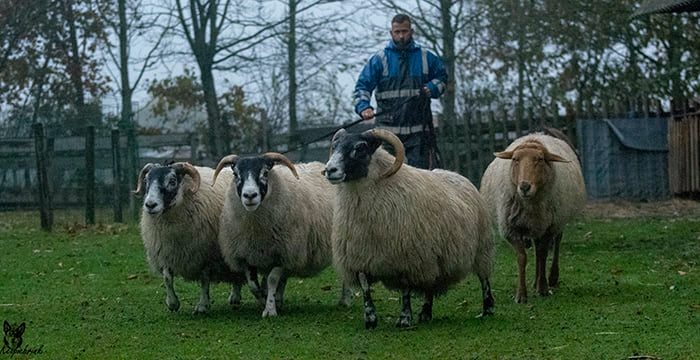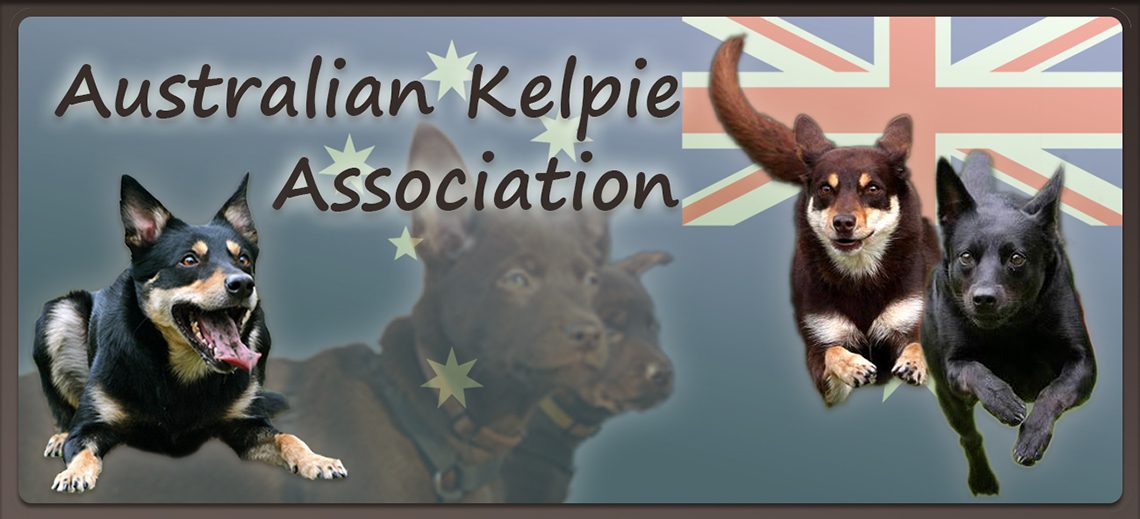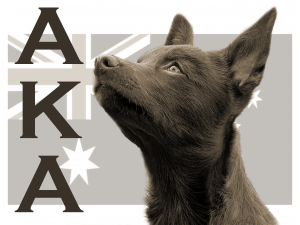Agility
In agility it is important that the dog follows a course consisting of different obstacles in a prescribed order without any errors and as quickly as possible. The handler may instruct the dog by gestures and using his voice during the course. He is not allowed to touch the dog or the obstacles. The dog must therefore learn very well to respond quickly and in the proper way to spoken instructions and to body signals. In agility, a large number of obstacles are used that demands control of different skills of the dog.
Agility and health
Agility is quite a heavy sport for the health of the dog. Jumping can be a load for the elbows. Short bends can be a heavy load for joints and back. This also applies to taking obstacles such as the seesaw, the cat walk and the fence, not to mention the weave. The latter is heavy-duty for the back. This sport focuses on speed in addition to going flawlessly through the course. A misalignment of direction can result in dogs going straight through a jump or taking a tunnel from a wrong angle, which may have dangerous consequences. In wet weather there also is a chance that the dog will slip, sometimes in a tunnel. It is important not to train intensively with the dog during the first year and to focus on a playful situation. The growth discs are not yet closed and too much burden results in problems later on. Expand slowly and don’t expect too much from your dog. Also, don’t put too much pressure on it.

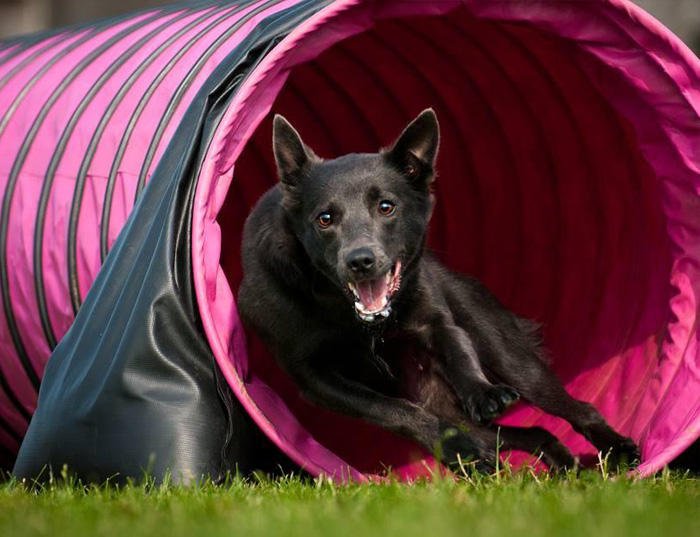
Hoopers
The dog must complete a course with hoops, in combination with tunnels, fences and barrels, within a predetermined time. The handler stays within a restricted small field or behind a line in the course. The dog is ‘steered’ from this position. The dog must therefore independently take the course but is constantly in contact with the handler.
Hoopers and health
Hoopers is generally not very taxing for a dog. You can choose a technical course or a course that focuses more on speed. Of course, in wet / humid weather the dog can slip and there are some curves in some courses that are a bit short and in that sense can be stressful. In general, however, this sport focuses on logical lines that the dog can take at his / her own pace. The devices are not taxing too. In principle, this sport is therefore suitable for dogs of all ages.
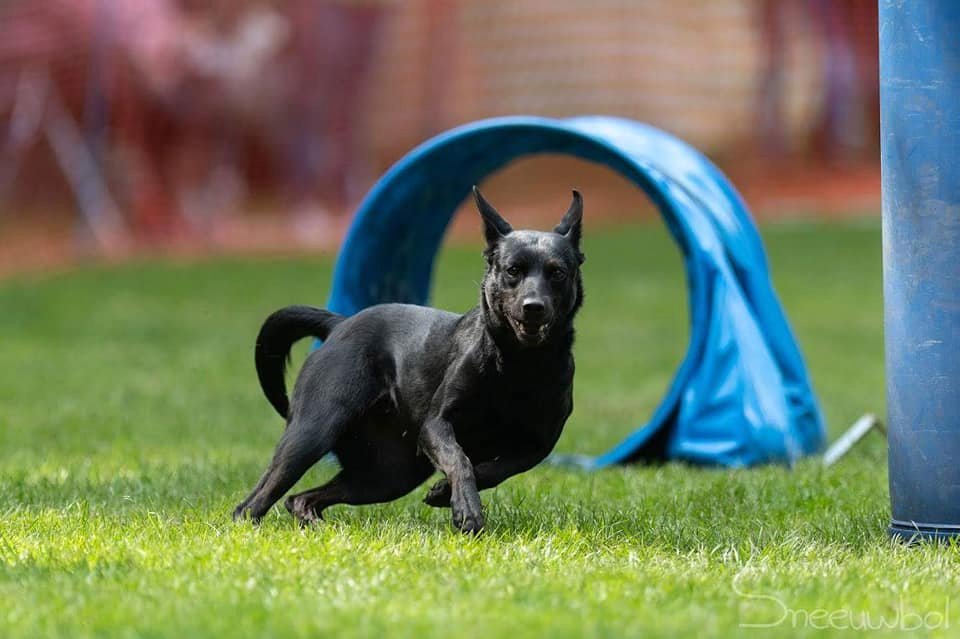
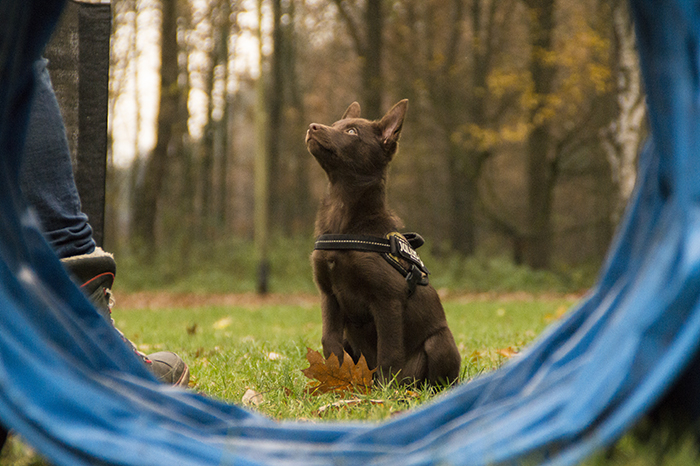
Flyball
Flyball is a relay sport with your dog and a team sport. Flyball consists of four obstacles, a ball machine, a dog and a handler. Gradually the dog is taught to go to the ball machine via the four obstacles as quickly as possible, to operate the ball apparatus so that the ball comes out, catch the ball and then come back to the owner as quickly as possible again via the obstacles, with the ball. The learning is initially individual. The ball apparatus and the jumping of the obstacles are taught separately. Once the dog has mastered both parts, these parts are joined together and the dog starts to learn how to perform the whole job. If this goes well, the dog will learn to exchange with other dogs and can be trained in a team.
Flyball and health
Flyball is a taxing sport for a dog. He has to take a course as quickly as possible in order to eventually get a ball and return through the course. This consists of jumps to the “ball box”. Most of the times, the handlers are enthusiastically encouraging their dogs to run them as fast as possible. By doing so, as mentioned earlier, they jump, which is taxing for the joints. Once they are at the ball pit they have to jump (repeatedly) against a board to release the ball. This is stressful for the joints and especially for the wrist joints. Then, the dog suddenly has to break off speed during the jump and turn shortly and they naturally turn to the same side each time. This sudden turning is stressful for the back and the joints.
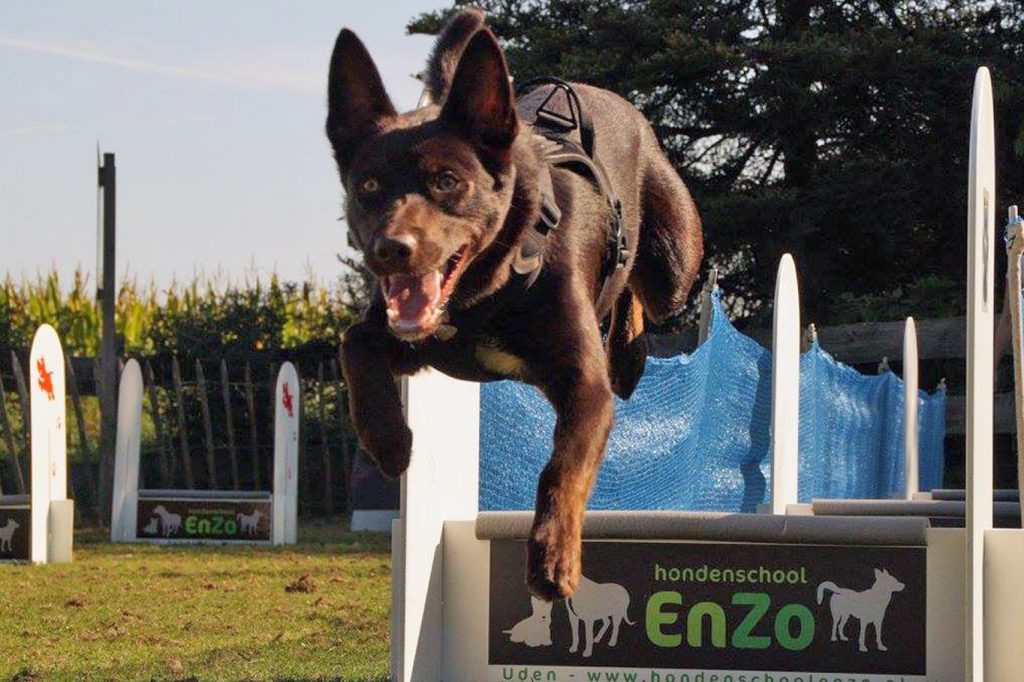
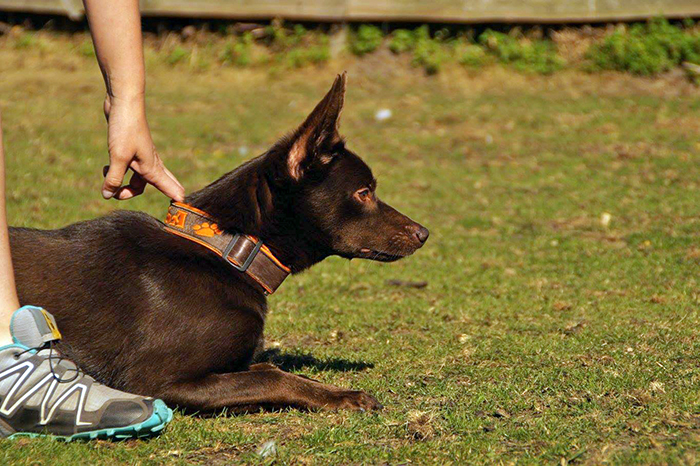
Bikejören
Bikejören is cycling (mountain biking) with a leash. The dog may pull as hard as possible. He wears a special harness and is attached to the frame of the bicycle with an elastic line of up to 2.5 meters long. Bikejören takes place in nature and in races the distances are usually between 4 and 6 km. It is important that the dog is at least 18 months old. Furthermore, you need an exemption for most dogs. Only sled dogs do not need an exemption. The handler needs a helmet and gloves, because the speed can increase considerably. It is also very important that the dog listens carefully to commands such as left, right, easy and stop and that he learns to catch up other dogs and be overtaken himself. It is important that dog and owner make a physical effort together; cycling by yourself is recommended if the dog has a hard time.
Bikejöring and Health
Bikejöring mainly appeals to endurance. You can train this. It is important to have the right equipment. Furthermore, the dogs generally run very fast, which may result in accidents.
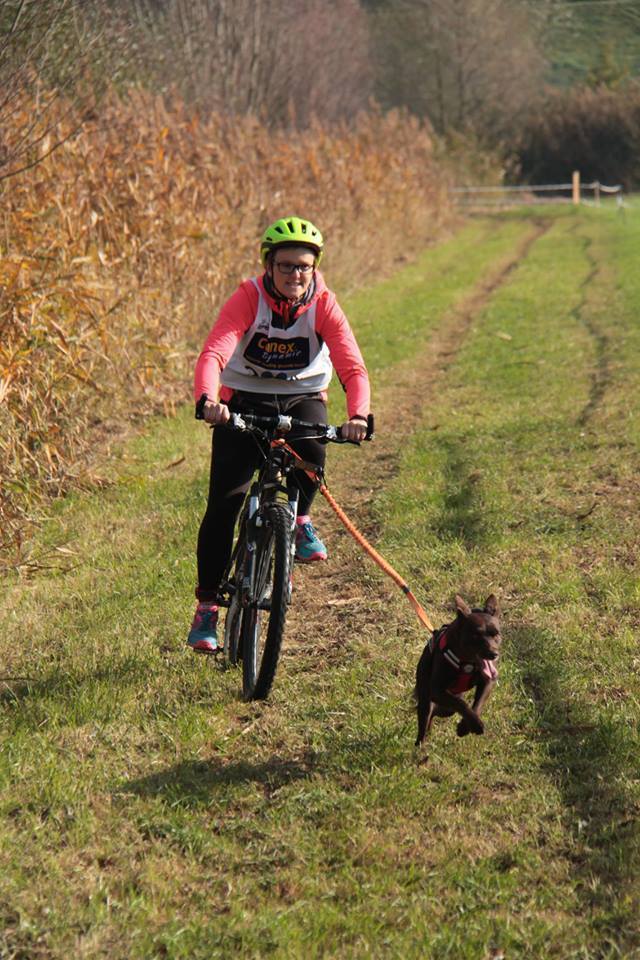
Canicross: running with your dog
Canicross is running with a leash on which the dog is allowed to pull. This is often done in nature. The goal is to take a course together as quickly as possible. In addition to the dog you need a lap belt, a well-fitting harness and an elastic line. Canicross is a competitive sport.
Canicross and Health
The dog may pull in this sport. It is therefore important that the right harness is properly positioned. Furthermore, this seems to be a not too taxing sport if you have a healthy dog.

Rescue work
Rescue dogs are dogs that are trained to find victims or that are used in other kinds of rescue operations. Victims of natural disasters, but also as a result of collapses or if someone is lost. Often the handler and the dog search the terrain together in search of victims. The dog can indicate where the victim lies in different ways. Another form of rescue work is searching for victims who are buried underneath rubble. The dog makes it clear where the strongest smell comes from by for instance scratching, digging or barking. In case of major disasters, such as earthquakes, rescue workers are often deployed with their dogs, and often with the aid of the signals the dog indicates where the priority of the rescue work should lie. A special form of rescue work is avalanche dog training. This form of rescue work complements on other rescue trainings and often takes place in countries with avalanche danger.
Rescue work and health
Rescue work consists partly of obedience and partly of different parts where the dog can be used, such as searching in rubble or for example in water. These circumstances can be stressful, for example because there is a chance of landslides or because the subsoil is not optimal. If the dog is not properly trained there is a risk of injuries from to the subsoil.

Sheep herding
Many breeds were originally bred for working with the sheep, including the Australian Kelpie. Working with the sheep has at one point grown into a sport in which the qualities of the dog are expressed in a course along which the sheep are herded. Generally speaking, most dogs that were originally bred to work with the sheep show interest in the sheep. Of course they don’t all work the same. Each breed seems to have its own approach to work.
